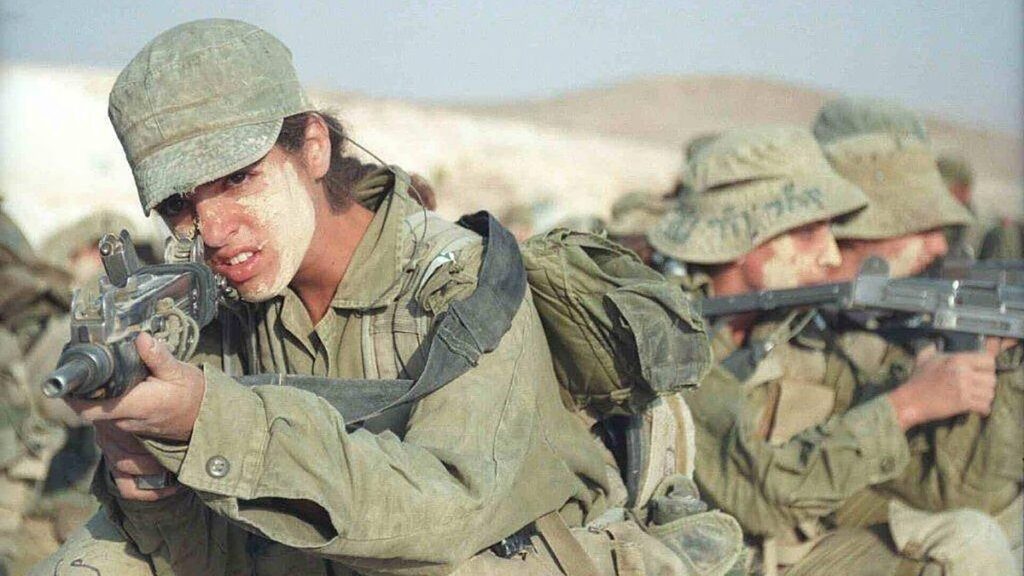
Wondering what are the most popular guns coming out of Israel? You’re not alone. Israeli gun ownership is interesting onto itself, let alone the firearms they produce.
Pretty much from their beginning, firearms of all kinds have been integrated to just about every facet of entertainment. Whether it’s mankind’s violent tendencies or that explosions, big or small, are intoxicating, there’s hardly a medium that hasn’t incorporated even just the silhouette of a firearm.
Because of this, there have been specific guns that have caught the attention and admiration of thousands of people. Depending on how you look at it, the current representation of firearms to the general public as well as the advent of the internet and the exchanges of information there, we are either living in the “good old days” of guns or enthusiast’s hobbies are imminently doomed.
Games and Movies Make Israeli Guns Popular
Right or wrong, there is an almost inexhaustible number of examples of firearms and their functions floating around available to everyone. Though they’ve never even handled one before the internet, movies, and video games have given the people consuming that content a context to these weapons, regardless if it is accurate or not.
Some of the most well-known and popularly discussed firearms are ones that have come out of Israel. Whether designed or manufactured there, the weapons that have come out of that country have been enrapturing gun enthusiasts since the 1980s. I will go over four of the most popular, and well known examples, starting with…
#1 – The Awesome Uzi
The first gun on the list is probably the most iconic of all the guns to have come out of Israel. It has been the gun of choice for movie heroes and villains alike, the image of the compact submachine gun worked itself into just about any depiction of military and police forces. In my own personal experience, I played with a life-size replica that was designed to shoot water. I also remember that in our elementary school shenanigans the Uzi was one of the most equipped weapons used to chase one another with.
The Uzi was popular due to its compact size, designed to contain a high capacity of ammunition that can be sent out at an adequately accurate high rate of fire. In military service it was especially popular in tight quarters, such as clearing trenches and bunkers or mechanized infantrymen. The Uzi is one of the most distributed weapons in history, with more than ten million made and exported to over 90 countries.
A popular depiction in movies and television shows characters able to conceal their Uzi, whether under a trench coat or within a briefcase, until they were ready to unleash Hollywood mayhem.
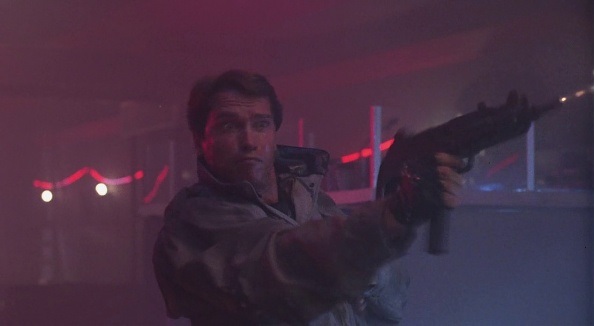
While it’s been in production and use since the early 1950s, there have been a number of variations and copycat weapons that have come around since then, I thought I’d keep the information provided below as relevant to today as possible. To do so all the specifications noted below are based off of what is provided on the Israel Weapon Industries (IWI) website and the most current model they have presented there.
Uzi History
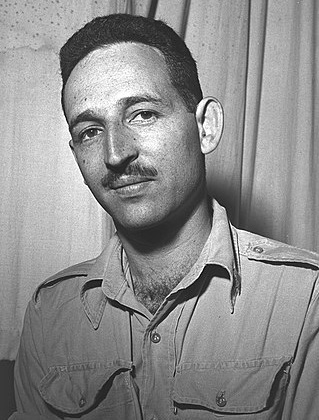
The Uzi was first designed by Captain Uziel Gal of the IDF. He never had the intention of calling his gun the Uzi, but his request for a different name was ignored. After the 1948 Arab-Israeli War, he submitted his weapon design to the Israeli Army. While it was accepted in 1951 it was first introduced to IDF special forces in 1954, it was moved into the general forces two years later.
The original models were made with a wooden stock and then went to the iconic folding metal one in later models.
The gun was pulled out of most of the IDF forces in the 1980s, it still saw service with select IDF units until 2003. It has been sold to more military, security, and law enforcement forces than any submachine gun ever made.
Uzi Specifications
- Barrel Length: 6.7”, 8.26” (210 mm), 9.44” (240 mm)
- Rifling: 4 RH Grooves, 1:10” twist.
- Weight (weapon only): 5.29 lbs. (2.4 kg)
- Total length (extended): 21.22” (539 mm)
- Total length (folded): 12.48” (317 mm)
- Ammo Capacity: 20-50 rounds depending on the magazine.
- Rate of fire: 1,000-1,150 approx. rpm.
Calibers: 9mm (older versions have come in 9mm Parabellum, .22 lr, .45 ACP, .41 AE, 9X21mm IMI)
Variants: On the IWI website they only list one variation, there have been many renditions throughout its history including the:
- Mini Uzi: Smaller version introduced in 1980, most noted for its increased rate of fire due to the shorter bolt. This variant weighs approximately 6 pounds (2.7 kg)
- Micro Uzi: An even smaller version that came out in 1986, weighing in at 3.3 pounds (1.5 kg) it also has a rate of fire of 1,200 rpm.
- Uzi Pro: This is the version that is currently presented by IWI.
Uzi Users
The Uzi has been used by multiple countries in Africa, Asia, Europe, North America, and Oceania for several wars and conflicts. The Uzi has been in reliable service to military, law enforcement, and security forces from The United States Secret Service to the original Royal Netherlands Army.
#2 – The Deadly Desert Eagle
Another iconic Israeli gun is the Desert Eagle. I call it the “deadly” Desert Eagle because it’s not just deadly for the person on the muzzle end, but it’s also deadly for the shooter’s wrists!
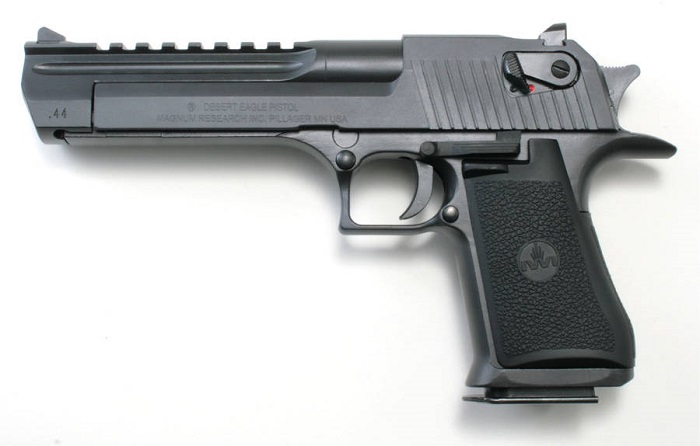
I know, it’s not technically an Israeli gun today, but it was originally manufactured in Israel. I added this gun to the list because of how iconic it is, and just how similar its appeal is to the mystique of the awesome Uzi.
There are a lot of words to describe the Desert Eagle, but small is not one of them. Each part is designed to withstand enormous amounts of pressure from the large calibers that it is chambered for. It was originally chambered in .357 magnum. Up until the Desert Eagle, revolvers were the only handguns that could withstand the pressures of the round.
To compensate for the force of just shooting the gun, the barrel is fixed, versus the free-floating barrels of most semi-automatic handguns. The bolt face utilizes multiple teeth to lock into battery, similar to M-16/AR-15 rifles.
Pistols traditionally utilize the energy from the round being fired to cycle the action, this would be an impractical and unsafe design on the Desert Eagle. Instead, they derived a gas piston system like the one in the Ruger Mini-14. This system takes some of the excess gas from the gunpowder to push a piston, cycling the action and diverting some of the recoil from going straight into the operator’s wrists.
While it never has seen that much actual military use, it’s been a popular weapon used in film, television, and virtual gaming. I was introduced to the Desert Eagle, or “Deagle” as my friend would call it, in the first-person shooter “Call of Duty: Modern Warfare.”
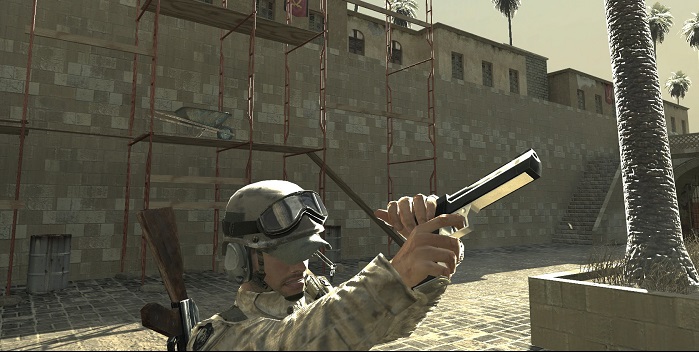
Desert Eagle History
The pistol was designed from 1979-1982, it was manufactured by IMI in Israel until 1995 when the production to Saco Defense of Maine. Three years later the production was moved all the back to IMI, only to then be moved to Magnum Research of Minnesota in 2009, where it has been since.
Despite it being somewhat impractical and “overkill” for military and law enforcement, it has been one of the most popular sidearms in modern gun culture. I can hardly think of any modern video game, movie, or television show that hasn’t incorporated the “Deagle” as being the most powerful and deadly sidearm your character can wield. The gun is also just as popular in the real world as it is in the virtual ones. Just pull up Instagram and search gun appreciation pages and it’s only a matter of time before you find a gold plated “Deagle” being shot off at a range, there are also countless videos out there of people showcasing its size and power. Its size and signature profile makes it easy to turn the heads of your fellow range goers if you were to pull one out near them. It could probably go without being said that this probably is not the best choice for a self-defense pistol, but it would get the message across.
While I personally find the design to be a shade excessive for my taste, I cannot lie to you and say that I would not take the opportunity to play with one if offered the chance.
Desert Eagle Specifications
There are three main variants so the specs below will reflect the most modern rendition, the Mark XIX.
- Barrel Length: 10”.
- Rifling: Polygonal Rifling
- Weight (weapon only): 4.4 lbs.
- Total length: 14.75”.
- Ammo Capacity: 9 rounds (.357), 8 rounds (.41/.44), 7 rounds (.50 AE)
Calibers: .357 Magnum, .41 Magnum, .44 Magnum, .50 Action Express
Variants:
- Mark I: Originally introduced in 1983
- Mark VIII: Introduced in 1990
- Mark XIX: The final variant introduced in 1995
Desert Eagle Users
As stated, there has not been much military use for it, unless you count fictional conflicts in movies and video games. It has been predominantly used by recreational shooters and hunters.
#3 – The “Baby Eagle” Jericho 941
The Jericho 941 is the IWIm no frills, no nonsense answer to the need for a reliable need for a semi-automatic sidearm. It was based upon the proven Czech CZ-75 pistol design. The gun incorporates a low bore axis to minimize the recoil and muzzle rise. It can come in both single and double action configurations depending on the needs of the individual operator.
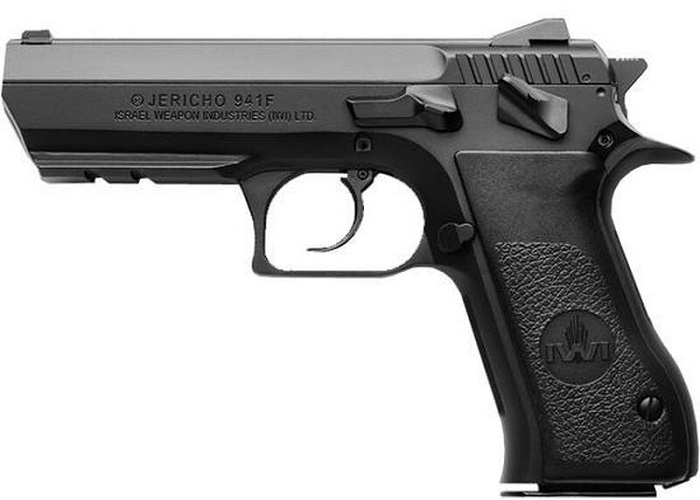
A double stack magazine allows for increased capacity that can allow you to have a significant advantage, whether competing at the range or defending yourself.
The weapon has been imported into several countries, including here in the U.S. Mainly imported through the Magnum Research Co. they dubbed the Jericho with names such as, “Baby Eagle,” “Baby Desert Eagle,” even “Desert Eagle.” While they may name it after the Desert Eagle, which like I said before is more of a recreational weapon, it certainly is much more capable for combat than its namesake.
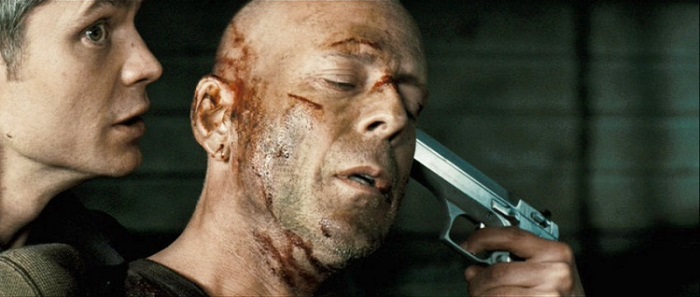
There are several variations of different sizes that come in either steel or polymer configurations, each with their pros and cons depending on the operator’s needs.
Once again, I will be taking the specifications from the current IWI website to keep them simple and easy to comprehend.
Jericho 941 History
The Jericho was initially produced in 1990, the same year it was imported into the U.S. by KBI of Harrisburg Pennsylvania until it began to be imported by O.F. Mossberg and Sons. While being based on the Czech CZ-75 pistol, the Italian company Tanfoglio, which was already making its own CZ-75 copycats, was crucial in supplying parts that IMI needed in both initial design and production. This outsourcing to Italy and the utilization of design features of an already well performing weapon enabled the Jericho an economic and quick-enough production times to satisfy any government contract requirements.
Jericho 941 Specifications
- Barrel Length: 4.4”.
- Rifling: Polygonal Rifling
- Weight (weapon only): 2.3 lbs
- Total length: 8.14”.
- Ammo Capacity: 16 rounds (9mm), 12 rounds, (40 S&W), 10 rounds (.45 ACP)
Calibers: 9mm, .40 S&W, .45 ACP
Variants: There are several different models of the Jericho that are being produced by IWI. Each comes in the three main calibers 9mm. .40 S&W, .45 ACP they list as:
- Full-Size
- Semi-Compact
- Compact
It is self-explanatory that full-size is the largest variation, then compact being the smallest. The dimensions of components and barrel length match the different sized frames.
The other main two categories that the Jericho 941 can be placed into are based off the material of the frame. There are two different materials, steel and polymer.
- Steel Frame: The steel frames of the Jericho will obviously be much heavier than the polymer models. This can lend to a more manageable recoil while shooting repeatedly. While not being ideal for self-defense carry, it can still be a good choice if one is willing to accommodate for the weight. Extra maintenance will be needed to keep the steel frame from rusting.
- Polymer Frame: Ideal frames for when a situation calls for the reduced weight, while keeping the same features and capabilities as the heavier steel frames. Polymer needs less maintenance than steel and this can be advantageous to the operators that perform their duties in areas of the world that have harsh environments where steel would not hold up to the abuse like polymer would.
Jericho 941 Users
While not nearly as prolific as the Uzi, it still is used by a large variety of countries around the world. From North and South America to Asia and back to Europe, the countries make use of it as a reliable and effective sidearm for their police and security forces. It is also a popular choice for personal protection in the places where it can be used for that.
#4 – The Terrific Tavor
The Tavor, by Israel Weapon Industries, is the direct replacement of the Uzi. The idea behind its construction was to fulfill the requirements that the Uzi was able to provide, such as tight quarter capabilities, adaptability, etc. The predominant feature of the Tavor is its bullpup configuration (magazine behind the trigger). This gives the firearm a more compact and maneuverable feel while also throwing the center of gravity further back, which in turn gives the operator an advantage to target acquisition, and the ability to fire the weapon with a single hand.
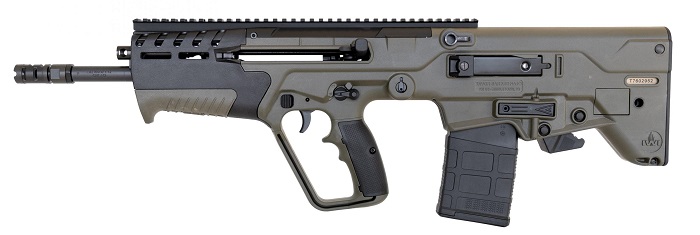
The bullpup configuration also shortens the overall length without shortening the barrel, allowing the capability of being effective in both short and long ranges without major modification.
The Tavor is designed to be easily modified and adapted to many operational requirements needed by military or law enforcement forces. As well as being fully ambidextrous, depending on which side the user switches the ejection to, the Tavor is equipped with 1913 picatinny rails on each of its sides so that an operator can attach any needed sights/accessories.
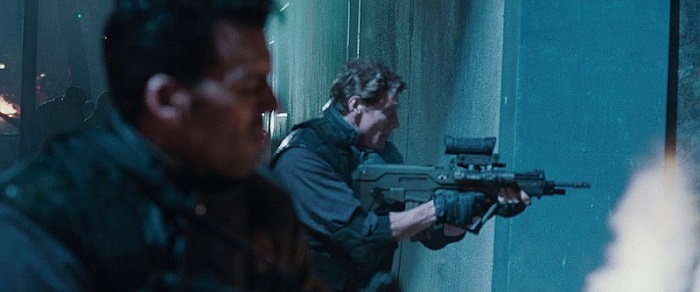
Tavor History
The gun was originally designed back in 1995 under the direction of Zalmen Shebs. The main objective was to be able to design a weapon that was better suited for close quarters combat than the M4A1 Carbine, as well as making it more reliable, easy to maintain, and durable. It succeeded in this in a series of trials that took place in 2001 and 2002.
In 2009, the Tavor X95 was selected by the Israeli Defense Force for each branch of the Infantry.
The Tavor’s original designs were the TAR-21 and the CTAR-21. Today, the IWI’s main model is the Tavor 7, which all the specs below are based on.
Tavor Specifications
- Barrel Length: 17”
- Rifling: 4 RH grooves, 1:12” twist
- Weight (weapon only): 9.03 lbs.
- Total length: 28.74”
- Rate of fire: 600-900 rd./min
Calibers: 7.62X51
Variants:
- TAR-2 – This is the standard configuration of the Tavor.
- GTAR-21 – This variant of the Tavor is made with a notch on the barrel so a M203mm grenade launcher can be attached to it.
- CTAR-21 – This is a shorter variant of the typical Tavor, with a 15″ barrel the original intention was for special forces work but has ended up being preferred over the standard model.
- STAR-21 – This is the model made specifically for marksmen, it can come with a bipod and magnified scope for increased accuracy in the field.
- X95 (MTAR-21) – This is a popular variant, one of the major differences from the original model is that the cocking handle is closer to the pistol grip versus the TAR-21 TAR-21 being closer to the muzzle. The stock also is of a different design.
While some models are chambered for a different size caliber, notably 9mm, there are conversion kits that allow a user to be able to use 5.56 rounds.
- Tavor TS12 – This is a 12-gauge shotgun with the same bullpup configuration of the Tavor. It has a unique feature of 3 individual magazines that hold 15 rounds of both 3″ and 2 ¾” shells. With multiple sling attachment points, a picatinny rail, and choke tubes there is not a situation it cannot be adapted to.
Tavor Users
As the Tavor is the IDF’s current standard infantry weapon, it is currently being used by them wherever they need it. Countries around the world utilize it and the variants for their conflict needs, specifically here in the United States there is a variant exclusive for the U.S. market. Other notable countries that use the Tavor are India, Morocco, Nepal, and Thailand.
Popular Guns from Israel Summary
Israel has been the center of multiple conflicts. Being a small country surrounding by multiple enemies, it faces many challenges. While diplomacy and alliances with countries such as the U.S. have helped to keep their borders secure, ingenuity and practicality have enabled Israel to not only protect itself, but also contribute to the world’s defensive forces.
There are legitimate reasons that these weapons are as popular as they are, and it extends much further than attractive aesthetics for games and entertainment. Gun enthusiasts often debate “best” guns for different scenarios. Even SHTF blog has articles on the Top Ten Best Guns for Survival, Top Ten Best Handguns for TEOTWAWKI, and The Best SHTF Rifle.
No matter what anyone can say, each of these Israeli guns and their variations have been put through a rigorous amount of design and adaptations to enable their users to achieve their mission reliably and effectively. Whether it be the arid deserts of the Middle East or claustrophobic urban battlefields of war-torn countries, these weapons can be, and have been, counted on to perform no matter how dire the circumstances.
What do YOU think of these Israeli firearms? Did we miss any?
